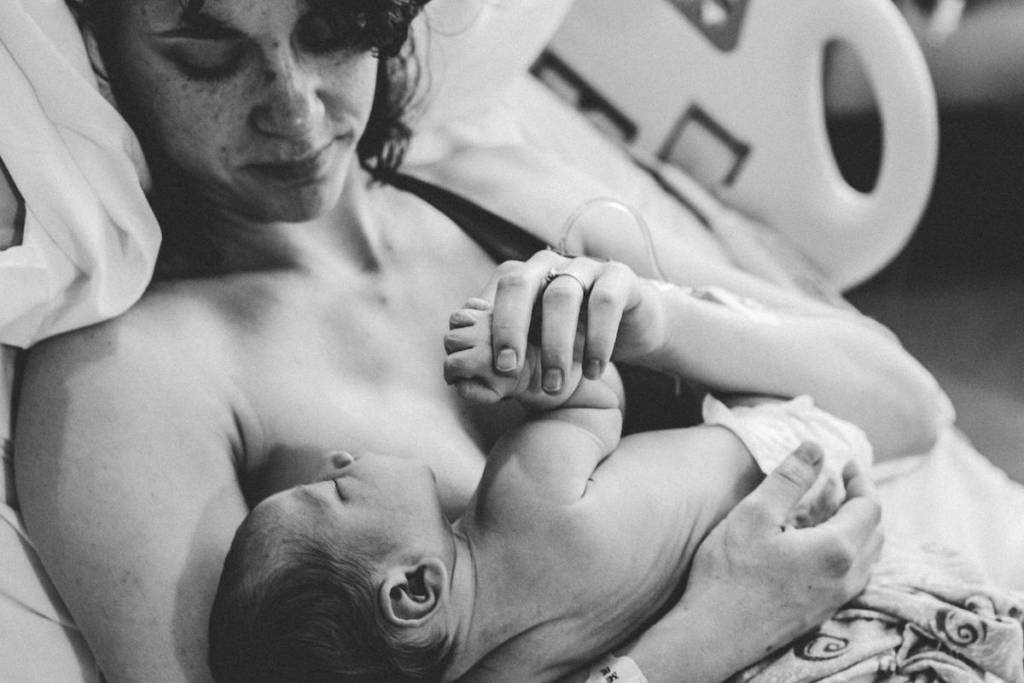The importance of seeing a women’s health physio after birth
Lyz Evans
Lyz Evans
Up next
It’s no secret that your body goes through a significant amount of change in the pregnancy, birth and postnatal journey. Your breasts, abdomen, body weight, pelvic floor, pelvis, ribs, lower back, and well, pretty much every area of the body will be affected in some way. It truly is an incredible thing to become a mother, but with these physical changes can come things such as pain, weaknesses, injuries and an overall change in how you feel and perceive your body.
The area most commonly affected, is the pelvic, abdominal and pelvic floor region, which is no surprise if you think about the anatomy of where the baby is carried, and the birth process (regardless of caesarean or vaginal delivery).
Like any significant change or injury that occurs to the body, a good rehabilitation program is essential to give the best chance of optimal recovery. Before embarking on a rehabilitation program, gold standard care would ensure a few key physical assessments are performed.
1. An internal pelvic floor assessment to check for muscle function, muscles tone, any presence of prolapse, connective tissue, and muscles tears such as avulsion or anal sphincter disturbance.
2. Abdominal assessment to assess for the presence of diastasis, hernia, deep muscle activation and any other issues. This is performed using palpation and ultrasound to show a woman how all the layers of her abdomen are functioning, and how to start to retrain them the right way.
3. Ultrasound assessment of the bladder and pelvic floor to assess for activation, and bladder capabilities such as complete bladder emptying. This is really important and can be so valuable for a woman to be able to see her pelvic floor on the screen in real-time lifting and lowering.
4. Biomechanical assessment of pelvic girdle, knees, hips and thorax in standing and under load. These can change a lot in pregnancy and we want to make sure if returning to exercise such as running that your joints are ready to cope.
5. Breathing and diaphragm assessment. Breathing is something that is taken for granted, but there are so many different breathing styles, all that impact the pelvic floor and abdominals in a different way. Breathing really forms to the foundation from where postnatal rehab really should begin.
6. If planning on returning to high impact activities a functional deep pelvic floor assessment is highly recommended before doing so. This is best done around 4 months post-natal and will include an assessment of your pelvic floor and pelvic organs in a standing position to best mimic the position you are in when you run/jump/ load.
7. Postural assessment during tasks performed daily. Posture plays an incredibly important role to how your body recovers postnatally and the Physio will work out how your posture could be improved to optimise your recovery.
Why do I need an internal pelvic floor assessment?
You might be thinking that you’re not so keen on having an internal pelvic floor assessment. You are not alone in feeling this way! No one really likes to have a gynae-style exam, but once you understand the importance and the “why” most people learn so much from it and end up saying “gosh I’m glad I did that”.
It really isn’t that scary, and the physio performing it will likely be performing them all day every day so it is really no big deal. The internal part of the assessment usually lasts no longer than 10 minutes and the Physio will explain things as she goes.
During pregnancy, the pelvic floor changes A LOT. It weakens, softens and lengthens in preparation for the labour ahead. Then during the birth process, the pelvic floor muscles then expand up to 3.5 times their normal length. Imagine that!
Many factors will impact the degree to which the pelvic floor is impacted, these include:
Birth position, baby head size, instrumental delivery, length of labour, the genetic composition of the women’s tissues and natural ability to “stretch”. There are also other supportive tissues called the “fascia” that wrap around the pelvic organs to keep them high within the pelvic cavity that often gets impacted in labour. In many cases, a significant impact on the fascia will lead to urinary incontinence and prolapse.
In the instance of a cesarean, most women would still benefit from an internal pelvic floor check as the pregnancy alone weakens the pelvic floor. In the event of an emergency cesarean, there may have been some pushing that will have impacted the pelvic floor in some way. It’s also the perfect time to learn how to do pelvic floor activation the right way and set the body up for optimal recovery.
Sign up
Get tailored content based on your week of pregnancy
By signing up, you agree to receiving our Newsletters. Cancel anytime.



What gets assessed internally?
The goal is to work out the impact that pregnancy and birth have had on “the inside” for that individual woman. There are a lot of very important structures on the inside that we simply cannot access externally, this 10 min internal part of the assessment provides so much valuable information.
The Physio will talk the woman through the process and be assessing:
- Wound and stitch recovery
- Scar tissue
- Position of pelvic organs looking for signs of early prolapse, pelvic floor muscle function and tone
- Sensation and nerve impact
- Presence of deep pelvic floor tearing
- Pelvic floor coordination with the abdominal muscles.
- Presence of pain and discomfort.
All in all, having a postnatal physical assessment is incredibly important in not only assessing current symptoms and function but empowering a woman with the tools to prevent issues actually developing in the long term. Which is ultimately what all mums want!
Related Articles
Trending
Lyz Evans
Follow +Lyz is the founder of Women In Focus Physiotherapy. An industry leading pelvic health clinic in Sydney. She has her Masters in Women’s health and Continence Physiotherapy and is also a mum of two herself.









